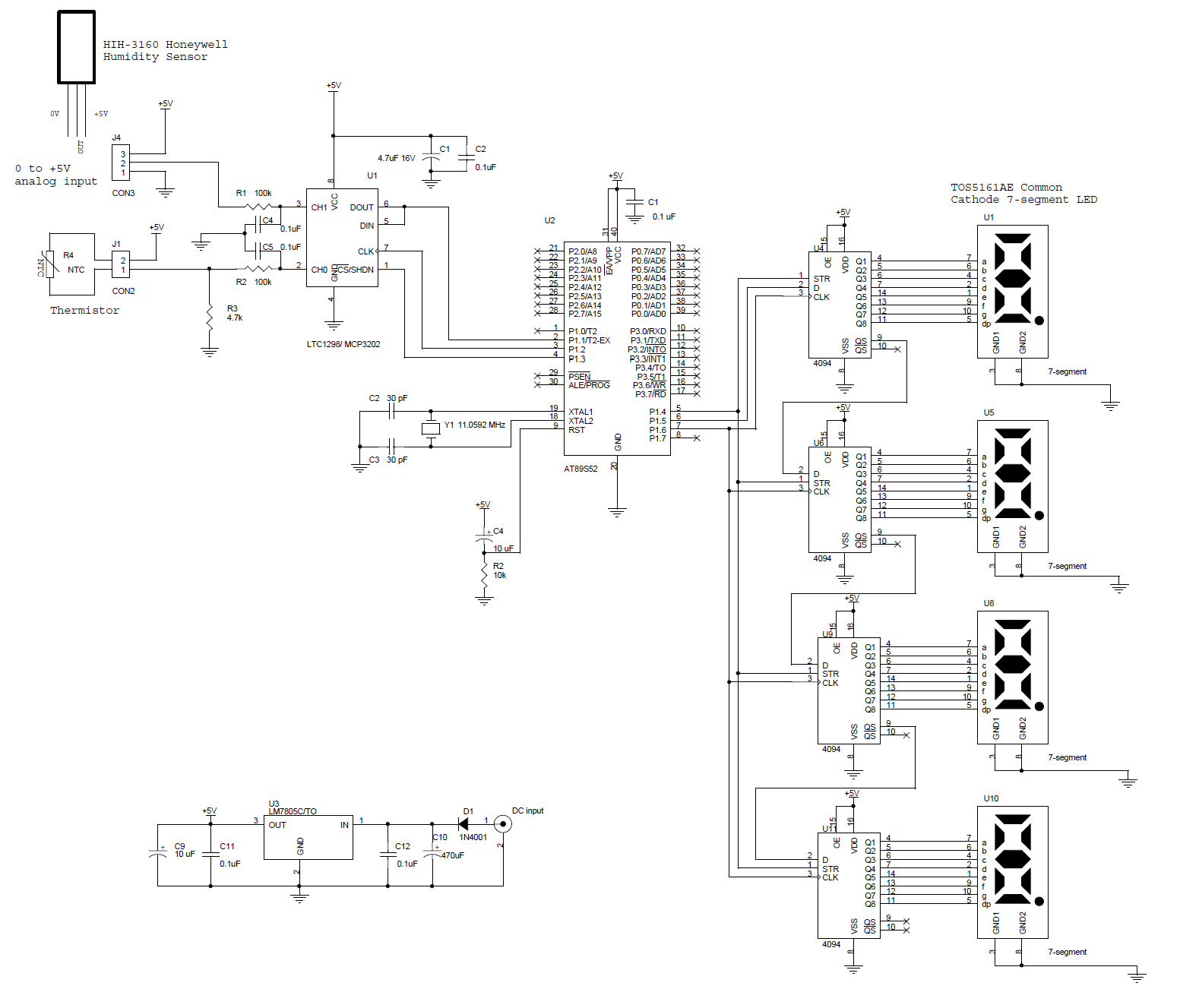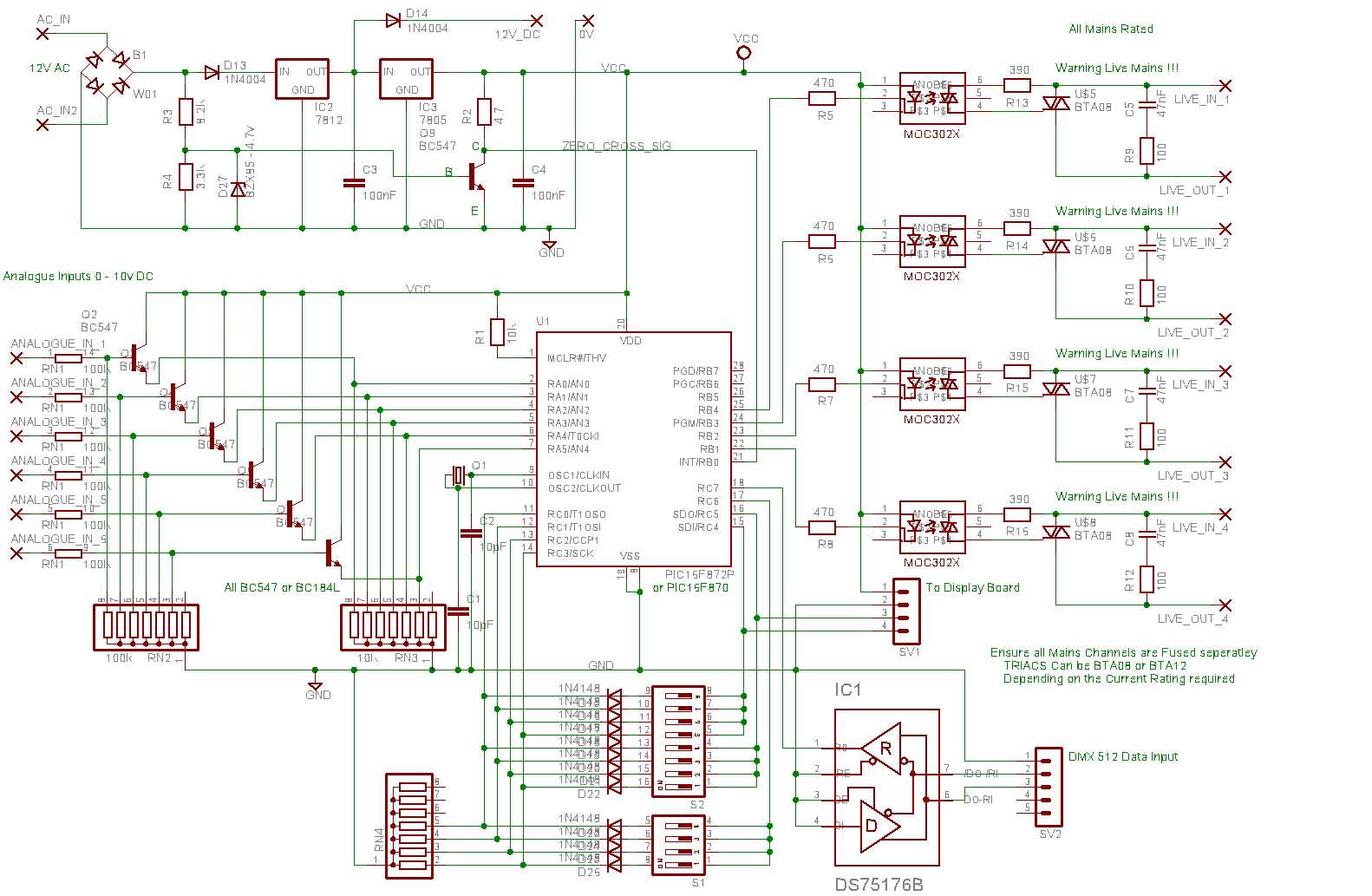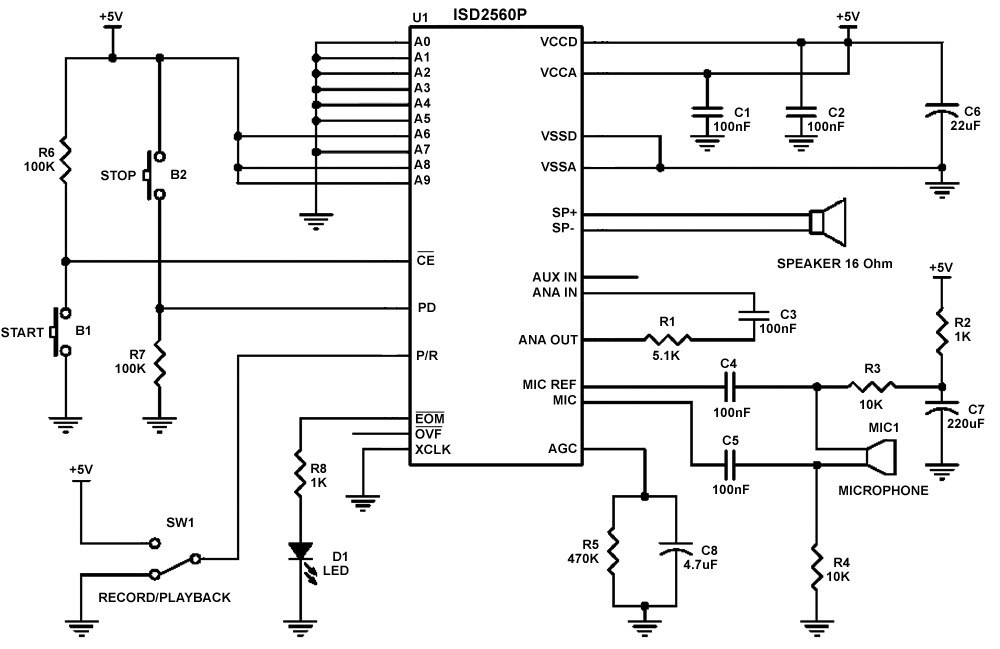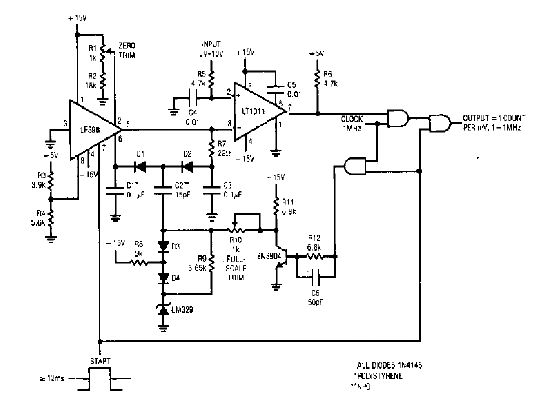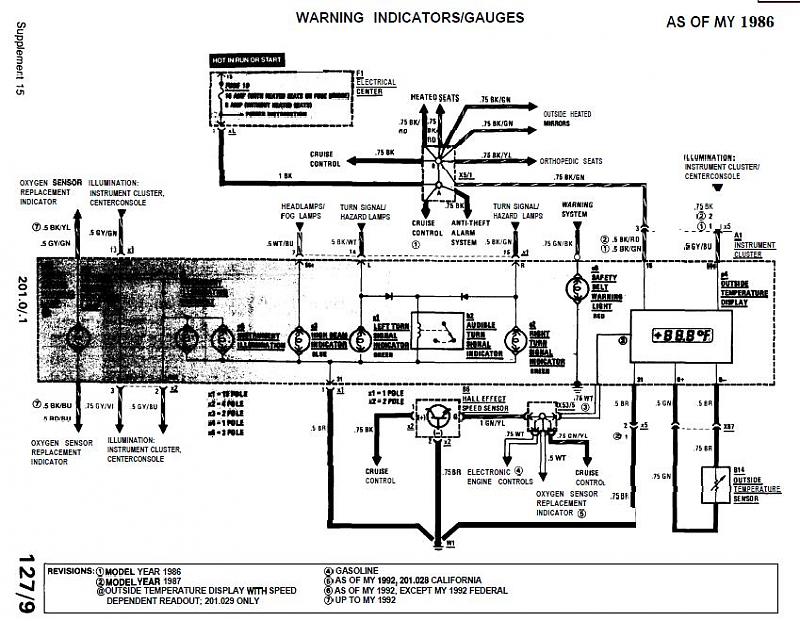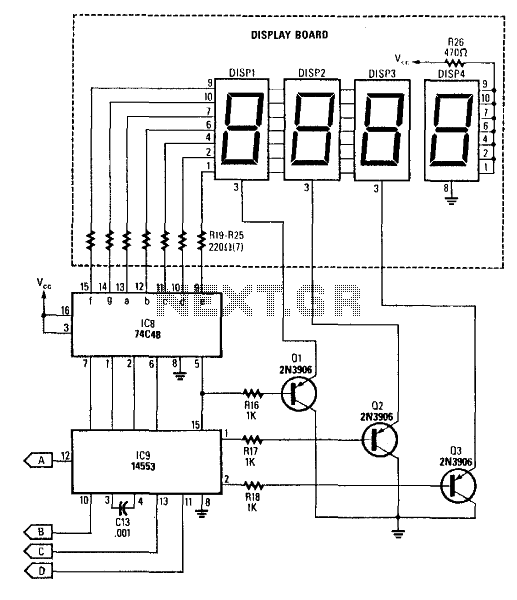
Digital thermometer
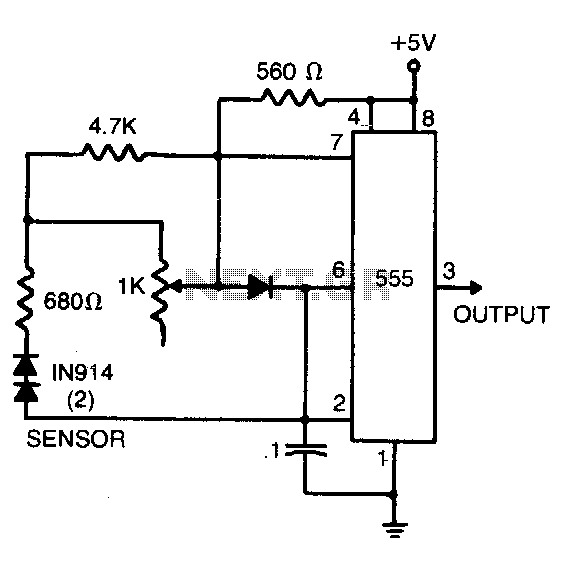
The sensor comprises two series-connected 1N914 diodes, which are part of the circuit of a 555 multivibrator. When wired as illustrated, the output pulse rate is proportional to the temperature of the diodes. This output is then fed into a simple frequency-counting circuit.
The described sensor utilizes two 1N914 diodes connected in series to form a temperature-sensitive component within a 555 timer-based multivibrator configuration. The 555 timer operates in astable mode, generating a continuous square wave output. The frequency of this output is influenced by the forward voltage drop across the diodes, which varies with temperature. As the temperature increases, the forward voltage drop decreases, resulting in an increase in the output frequency of the multivibrator.
In this configuration, the diodes serve as temperature sensors, with their characteristics allowing for a direct correlation between temperature variations and the output frequency. The output pulse rate from the 555 timer is then directed to a frequency-counting circuit, which can be implemented using a microcontroller or a digital frequency counter. This circuit counts the number of pulses in a given time frame, translating the frequency into a readable temperature value.
The frequency-counting circuit may include components such as a microcontroller with an integrated timer or an external counter IC. The microcontroller can be programmed to convert the frequency into a temperature reading, which can then be displayed on an LCD or sent to a computer for further analysis.
Overall, this setup provides a simple yet effective method for temperature measurement, leveraging the characteristics of the 1N914 diodes and the versatile 555 timer to create a reliable temperature-sensing circuit.The sensor consists of two series-connected lN914s, part of the circuit of a 555 multivibrator. Wired as shown, the output pulse rate is proportional to the temperature of the diodes This output is fed to a simple frequency-counting circuit.
The described sensor utilizes two 1N914 diodes connected in series to form a temperature-sensitive component within a 555 timer-based multivibrator configuration. The 555 timer operates in astable mode, generating a continuous square wave output. The frequency of this output is influenced by the forward voltage drop across the diodes, which varies with temperature. As the temperature increases, the forward voltage drop decreases, resulting in an increase in the output frequency of the multivibrator.
In this configuration, the diodes serve as temperature sensors, with their characteristics allowing for a direct correlation between temperature variations and the output frequency. The output pulse rate from the 555 timer is then directed to a frequency-counting circuit, which can be implemented using a microcontroller or a digital frequency counter. This circuit counts the number of pulses in a given time frame, translating the frequency into a readable temperature value.
The frequency-counting circuit may include components such as a microcontroller with an integrated timer or an external counter IC. The microcontroller can be programmed to convert the frequency into a temperature reading, which can then be displayed on an LCD or sent to a computer for further analysis.
Overall, this setup provides a simple yet effective method for temperature measurement, leveraging the characteristics of the 1N914 diodes and the versatile 555 timer to create a reliable temperature-sensing circuit.The sensor consists of two series-connected lN914s, part of the circuit of a 555 multivibrator. Wired as shown, the output pulse rate is proportional to the temperature of the diodes This output is fed to a simple frequency-counting circuit.
